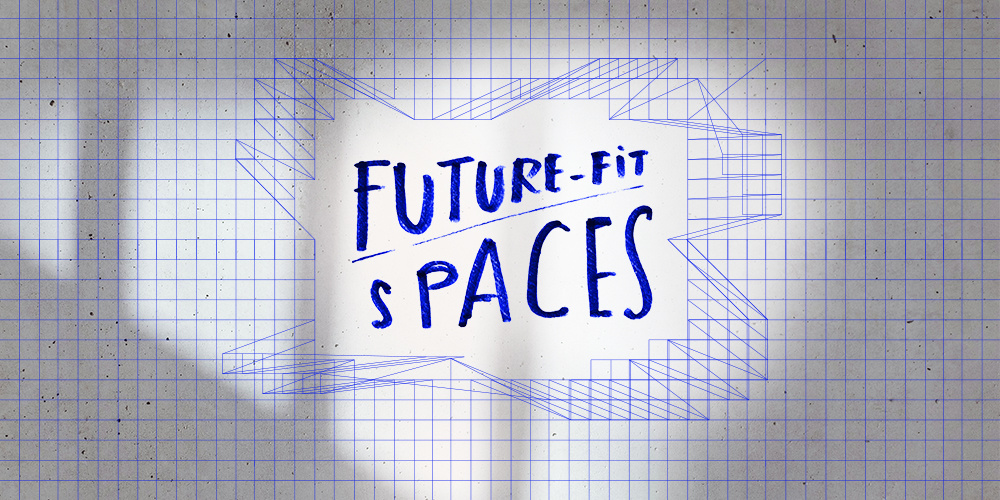
The European Union’s Green Homes Directive. Does it ring a bell? If not, let us explain: It’s an initiative that is part of the Energy Performance of Buildings Directive (EPBD) and that outlines ambitious targets for reducing energy consumption and carbon emissions from buildings. At the moment, buildings are responsible for a staggering 40% of the EU’s energy consumption and 36% of the energy-related greenhouse gas emissions (read more here). Hoo-wee.
Anyway. This directive requires that all new residential buildings constructed from 2030 and onward must adhere to zero-emission standards, indicating a significant move towards greener construction practices. Public buildings are expected to meet this standard even earlier, with the requirement set to apply from 2028. But, perhaps most notable about the directive is that it sets a very clear trajectory for the future: By 2050, the entirety of the existing building stock within the EU must achieve zero-emission status. In other words: The pressure is on – and we’re here for it.
As the EU’s directive on green building looms, Adapteo, and indeed all companies within the construction industry, are facing a great adventure (i.e. a series of challenges and considerations regarding sustainability) ahead. While some uncertainties remain, we are committed to taking the bull by its horns. We see our contribution as twofold. First of all, we can speed up, bridge, and smoothen the path by providing interim space solutions while all existing buildings are upgraded and new construction is being developed. In other words: our Space as a service solutions can make the road to achieving the new EU targets quicker and easier. But our contribution doesn’t stop there. Our buildings are already well-positioned and well-equipped to meet the future requirements today.
"As the EU gears up to double renovation rates by 2030, Adapteo is ready to address temporary space needs while existing constructions undergo essential updates. With a focus on energy efficiency and sustainability, including light-weight construction, water-borne heating, heat pumps, and solar panels, Adapteo can already meet the new regulatory requirements and lead the charge toward a future net zero built environment in the EU."
Lina K. Wiles, Chief Sustainability Officer
As circular economy nerds, resource efficiency is in our blood, and of course, energy performance is a given component of that. Heat pumps, and water-borne heat, exploring smart connectivity solutions to optimize energy use, and conducting energy calculations to pinpoint any optimization opportunities are all parts of our focus. For instance, we know that tight assembly and proper sealing of our modules are essential to prevent heat loss, which underscores the importance of meticulous design and construction processes. Additionally, we’re mindful of both energy use and embodied energy, understanding the importance of balancing e.g. short-term carbon footprint increases with long-term efficiency gains. As you might be able to tell, navigating this jungle can’t exactly be described as “easy as pie”.
Connecting the dots between the EU’s Green Homes Directive and our practices at Adapteo sheds light on another key challenge: the adoption of solar energy solutions. The directive mandates that all Member States have to ensure that new buildings are equipped to host solar energy – either rooftop photovoltaic or solar thermal installations. Beginning in 2027, solar installations for existing public and non-residential buildings will be phased in gradually. At Adapteo, we’re already equipped to meet these requirements, offering solar panels as an optional feature. However, we recognize the complexity of market attitudes and needs. Some customers hesitate to install solar panels due to short project durations or perceived returns on investment, while others embrace solar energy’s long-term benefits and environmental benefits. This interplay between regulatory requirements and customer attitudes shows the knotty path we’ll have to tread. Regardless, we remain steadfast in our commitment to lead the change toward sustainable building practices.
As with most directives that put heavy pressure on many people and businesses, the Green Homes Directive has resulted in a few raised eyebrows and protests. While praised for its environmental benefits, critics have raised concerns over its feasibility, affordability, and potential socioeconomic impacts. Discussions mainly revolve around meeting tight deadlines, retrofit costs, and increased housing expenses. Transitioning to a zero-emission building sector is no walk in the park, which these issues highlight. With buildings currently being energy-guzzling (to say the least) and thus responsible for a significant portion of greenhouse gas emissions, taking action is imperative to curb these impacts. The challenges ahead demand boldness and ingenuity, and whether you’re a seasoned professional or a newcomer in the field, now is the time to act. Adapteo’s Space as a service model not only aligns with future needs but also positions us to help societies become future-fit. We are ready to be a partner in this transformative journey towards a more sustainable and resilient built environment, driving positive change for the future.
Interested in reading more? Head to these articles: